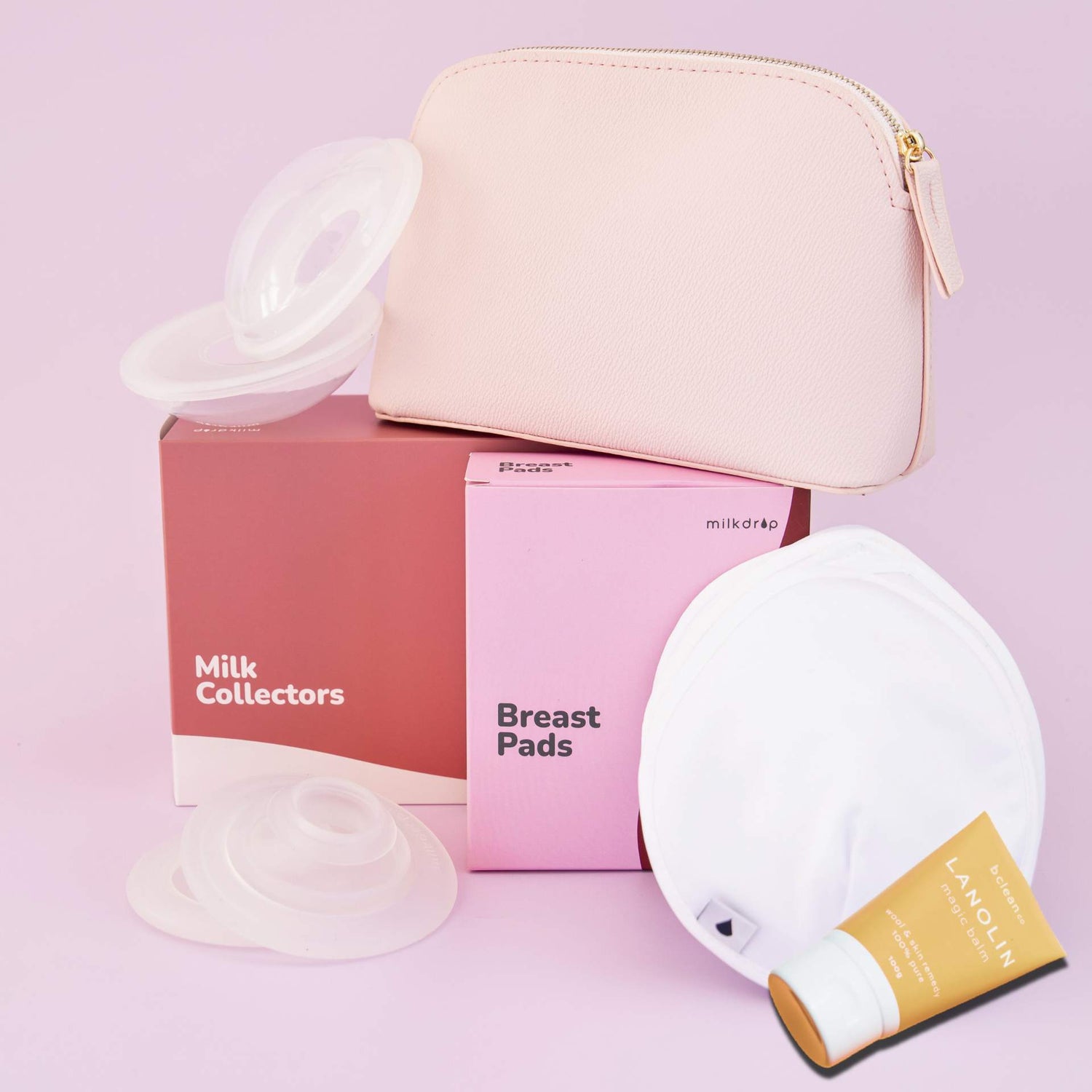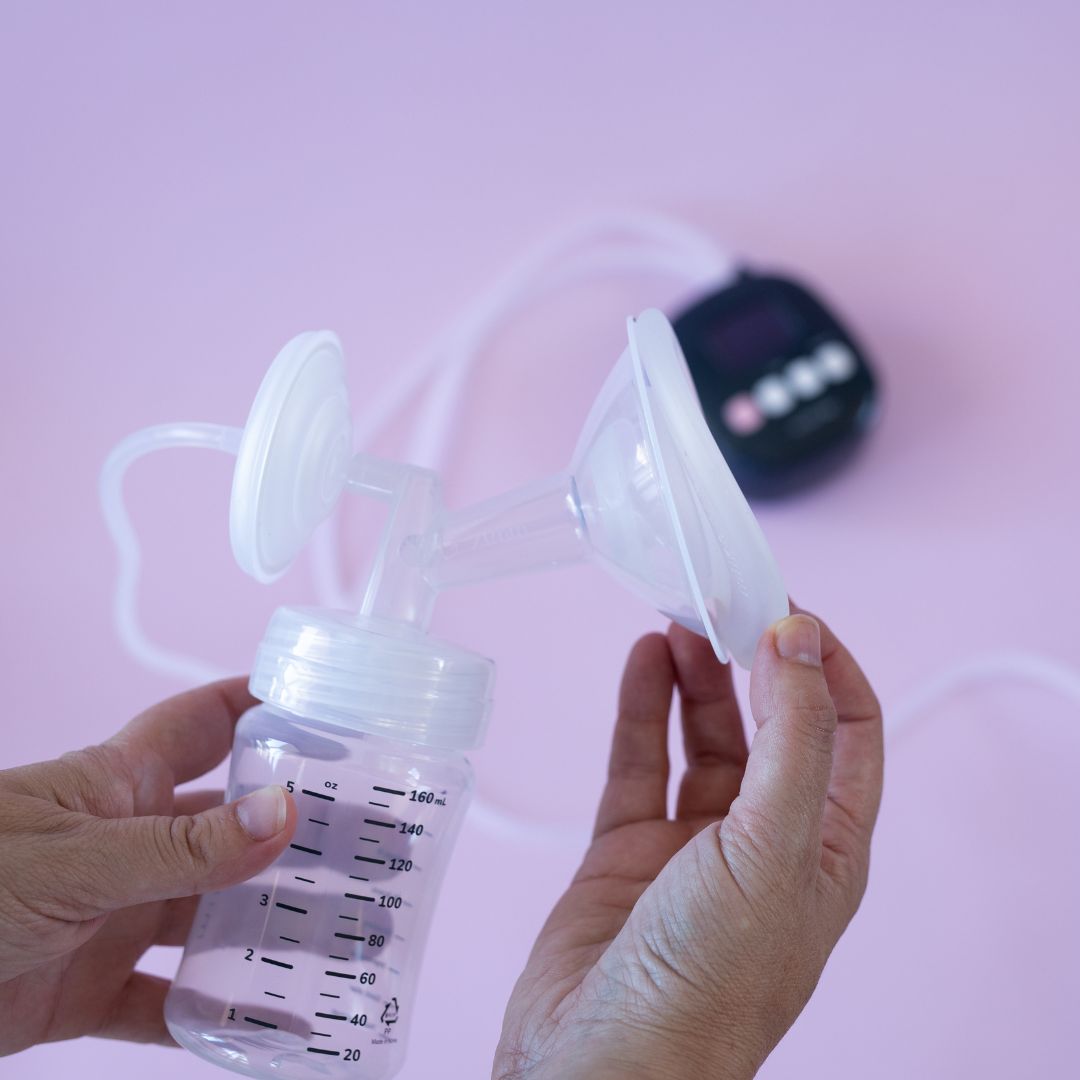There's always so much attention on people who are expecting. Especially people who are expecting their first baby.
For a few months, it seems the world has advice for you. Usually unsolicited but well-meaning. Sometimes helpful. Sometimes weird. Sometimes creepy.
One guy prodded my belly with the back of his hand, real low, like pubic-bone low, and proclaimed "It's a boy". I didn't have time to react, and unfortunately it doesn't really make me feel better that he was wrong.
It's always been strange to me, that despite with this firehose of information, the single most important thing, actually the biggest thing (for me, anyway), didn't get talked about.
It might have been because I wasn't really listening. I had lost my first pregnancy at five months, so I was a total wreck with the second. I was only focused on getting past five months, and getting that baby out of me.
If I had been listening properly, the three things I should have heard were:
- First, labour is a big deal, but breastfeeding can be too.
- Second, chances are high you will end up on a pump at some point.
- Third, pumps really don't have to be uncomfortable or painful on your nipples.
First, labour is a big deal, but breastfeeding is too.
Now this might not be everybody's experience. Some people have an awful labour but take to breastfeeding as naturally and beautifully as you see in the movies. Some people even have beautiful labour AND beautiful breastfeeding.
And for others, labour is fine, and breastfeeding is brutal.
This is the case for many more women than you'd think.
Why is that so?
Well, breastfeeding, if it doesn't happen easily, can be stressful and gruelling. Sometimes it just doesn't start off super well - you're both learning a new skills which takes time, and there may be other things going on too.
Often there are a series of people who come to provide advice at this point. In my experience, each new person (midwife, lactation consultant, maternal-child health nurse, doctor, friend, family) had different, and frustratingly conflicting, advice. Although well-meaning (and not their fault at all - I think it's a system funding thing), this can be super confusing.
Some people are full on, grabbing your breast in a c-shape or fiercely massaging your milk ducts, so that the milk "comes in". I still have lumps in my breast from damage I got from one person doing this to me.
This affront on the body and mind is against a backdrop of:
- needing to have the baby gain weight
- sleep deprivation
- feeling a total loss of control in how to change or fix the situation, especially if you've really got no idea what you're doing (quite a lot of first time parents!)
- really not wanting to feed the baby formula if you don't have to (and feeling guilty for doing it if you need to)
- disappointment and frustration that it's not going as well as you expected
On top of all this, feeding is such a huge part of motherhood, especially in the early days when you're establishing it. You're feeding three-hourly, sometimes two-hourly if your baby isn't gaining weight. If it's not working, that's a three hour cycle of those feelings I listed above.
Later on, there are a few key milestones that also get tricky:
- any time you get a clogged duct or mastitis or get sick
- when you want to skip a breastfeed yourself to do something else (go out, get sleep etc) and you need someone else to feed the baby
- when your baby starts solids
- when you return to work
- when you wean
Usually by the time this happens, you've got your wits back about you again and you can handle it.
So breastfeeding is a big deal. Next advice I should have heard?
Second, chances are high you will end up on a pump at some point
This one is important. I didn't know what a breast pump was until one was wheeled into my hospital room.
If you struggle to feed directly at the breast or chest, chances are high that you'll end up on one of these.
Depending on your situation, this may not actually be a good thing. Sometimes we need to give ourselves more time with our baby at the chest or breast (if that's our intention) to learn how the other works! Hopefully your lactation consultant can help you with this decision.
Either way, with a pump, the idea is that the more milk you "express", the more milk your breast will make, the more milk you'll be able to get into your baby, so that she becomes a nice chubby rolly michelin man baby.
If you don't struggle to feed, chances are still high you'll end up on a pump anyway. We did a survey a few years ago, and found that 85% of women pumped. Here were the reasons:

For something that roughly 300,000 women in Australia do every year, there's surprisingly little attention on it. Perhaps it's because pumping is something most of us would love to forget.
Although pumps are critical medical devices that help us feed our babies, they have a few key downsides.
At worst pumping can cause damage, pain or discomfort, to the nipple. Some women draw blood pumping, with circular sores around the areola where it has been sucked too hard against the plastic cone.
At best, you feel like a cow.
You're not alone in this, most women say that pumping makes them feel like a cow. Actually, we published a report a while ago about what women say about pumping. You can read it here.
So breastfeeding is a big deal, pumping is prevalent but can be a bit of a downer. What else?
Third, pumps don't have to be uncomfortable or painful on your nipples.
This the last piece of advice I wish I had.
After pumping 6 to 8 times per day for 6 months, my nipples were SORE. That's not uncommon either, it's just that we put up with it, because we want to feed breastmilk to our babies if we can, and we don't realise it's not necessary.
These days, if you're having pain or discomfort pumping, one of the first few pieces of advice is to check your flange size.
Then you get into a quagmire of how to measure your nipple size, and start to ask yourself questions you never have before, like "where does my nipple stop and my areola begin?" and "what is a flange?". You start wishing you'd paid more attention to the size of other women's nipples when you had the chance.
I ended up on a flange size that was way too large, and eventually settled on a smaller one. I still think it too was too large, and now that I have measured a lot of nipples (that comment will make sense if you jump off this blog post and have a look at our website), I actually think most flanges are sized quite a bit too large for most women. I've often seen a whole portion of the areola get sucked unnecessarily into the pump shaft, causing damage, even on the smaller flanges.
This is the point that I started playing around with ways to make pumping more comfortable, and protect the nipple and areola from the harsh plastic or silicone and the harsh suck of the pump, whilst still having enough suction to collect milk.
You can see what our team has come up with here. A squishy silicone pad that fits on the breast pump head making it softer, more natural-feeling and far more comfortable.
I know, I know, I'm biased, but our pilot results back me up. 92% of women found pumping more comfortable, and the median comfort score grew from 5 out of 10 to 9 out of 10, when using our cushion. What's more, nipple redness and swelling fell to 0.5 out of 10. Read more here.
Too long didn't read?
If you're preparing for a new addition - congratulations! It'll be amazing. It'll be even more amazing if you're a little more prepared than I was, by just keeping these points in the back of your mind.
- First, labour is a big deal, but breastfeeding is too.
- Second, chances are high you will end up on a pump at some point.
- Third, pumps don't have to be uncomfortable or painful on your nipples.



